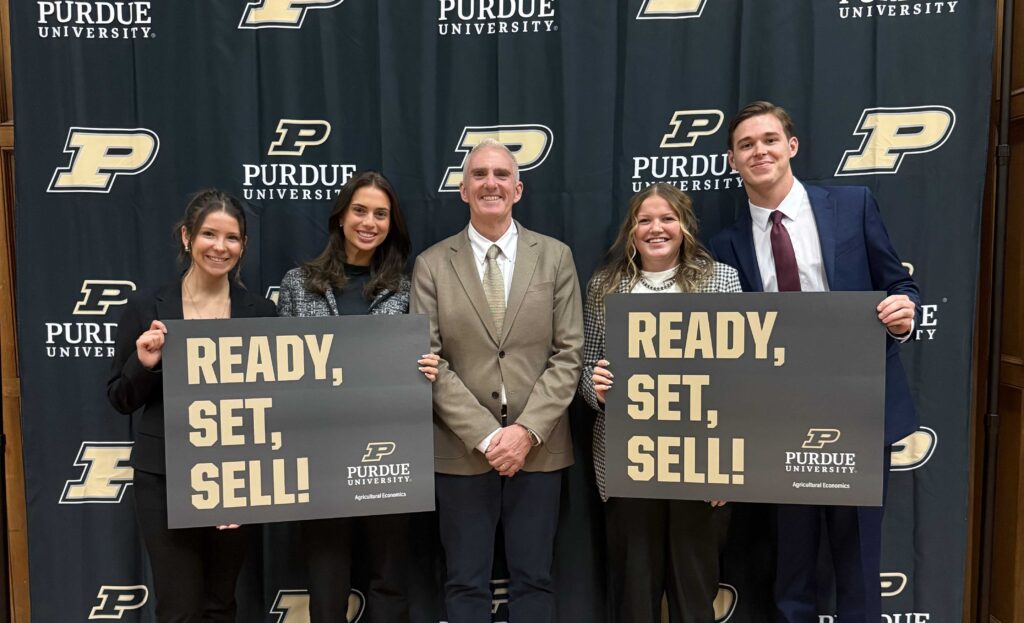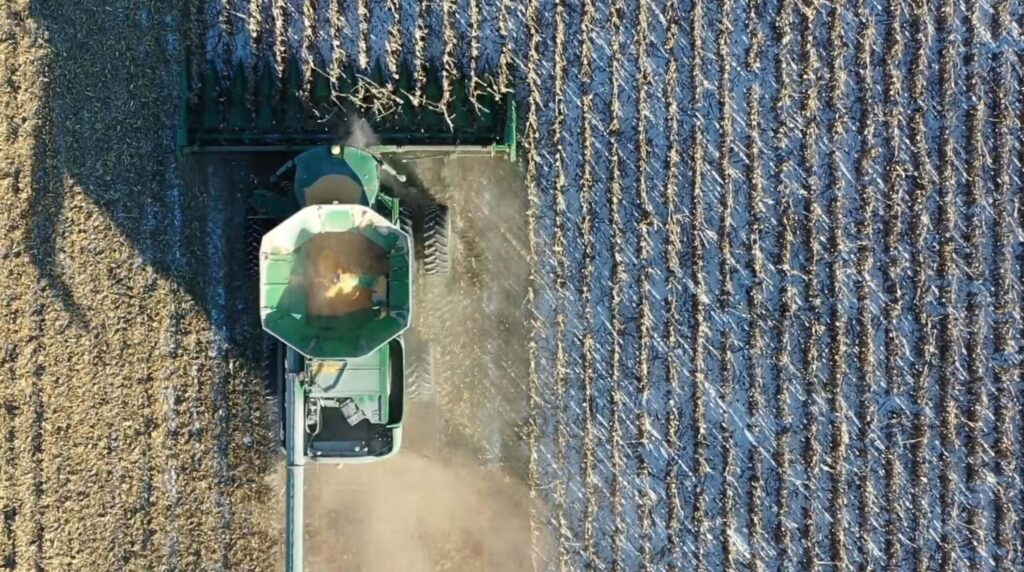What's it like out there?
Sarah, a territory sales specialist for a biological fertilizer company, walks out of a meeting with a multi-line dealer’s sales team. She’s presented compelling data from recent university trials, tailored messaging for three core farmer segments, and a dealer support kit. But two weeks later, nothing moves. The dealer salespeople are still leading with chemical solutions they feel most confident in. Meanwhile, the dealer marketing coordinator has three other “support kits” from competing manufacturers in her inbox and no idea how to prioritize or localize them.
Sarah’s story reflects a familiar challenge for both manufacturer and dealer marketing leaders trying to drive biological product adoption through independent, multi-line distributors. And it raises a critical question: if segmentation is such a powerful marketing tool, why does it so often fail to produce results in the field?
What segmentation is (and isn't)
Segmentation isn’t just putting customers into groups, though that’s certainly part of it. A true segmentation strategy identifies observable, meaningful differences in buyer behavior. The idea is that each segment:
- Responds similarly to an offer within their segment, and
- Responds differently than customers in other segments.
Farm size is the most common observable trait used in agriculture. But I always ask the same question: Do large farms make decisions differently, or do they just buy more? Fifteen years ago, they may have just bought more. But today, larger farms often have more complex decision-making processes, more people involved, and more power in negotiations. They may even have in-house technical advisors. In short, there are real behavioral differences that make segmentation more important than ever, depending on your position in the value chain.
Manufacturers see segmentation as a way to deliver targeted messaging, allocate resources efficiently and position products. Dealers and co-ops recognize that different farmer types exist and want to serve them well. But knowing that segments exist and acting on that knowledge are two different things.
Why segmentation falls apart
In B2B industries like agriculture, where nearly all revenue is generated through human sales interactions, segmentation strategies must be executed by salespeople. And here’s the problem: good salespeople serve customers individually. In fact, their value often comes from knowing how their customers don’t fit the mold.
From a marketing and manufacturing perspective, grouping customers helps with scale. Advertising, support materials and product development all rely on patterns. Looking at averages of how customers respond in three or four segments gives a clearer picture than looking at how customers respond in their entirety. However, the clearest picture comes when we recognize that every customer is a segment of one. Salespeople create value when they bridge that strategic framework with what they know about each individual customer, effectively treating each one as a unique case, even within a segment.
It’s really expensive to put a salesperson in front of a customer. Salespeople differentiate customers to deepen relationships. If everyone uses segmentation the same way, there are cheaper, more scalable alternatives than putting a salesperson in front of a customer. The value of salespeople lies in personalization.
Even the most well-designed segmentation strategies often collapse at the point of sale. Dealers might get marketing kits from multiple manufacturers, each segmenting farmers differently. The dealer marketing team is left to guess which message to use, often prioritizing convenience over customer relevance.
Peer-reviewed research backs this up. Dibb and Simkin (2008) found that while B2B segmentation strategies are often sound at a strategic level, they frequently fail due to lack of communication and limited involvement from the frontlines. In agricultural markets, salespeople often rely on what they’ve personally used or what other farmers recommend. That’s a recipe for misalignment. (Anderson, Cespedes & Dubinsky, 2006).
The role of local intelligence
Consider this:
- Tom, a large corn and soybean grower in Iowa, employs a full-time agronomist. He’s interested in reducing nitrogen application but won’t even consider a new product unless it comes with five-year economic impact data.
- Jenna, a smaller specialty crop grower in Michigan, trusts her dealer rep completely and is open to trying a new product if it “sounds natural” and the rep has seen it work nearby.
Segmenting these two the same way doesn’t help. Dealers and retailers must develop customer profiles that reflect local realities – from geography and production style to labor and decision-making dynamics. National segmentation models, especially when they differ by manufacturer, can confuse more than clarify.
So, what do you do?
When B2B salespeople mistake personal knowledge and transaction history for true customer insight, a good first step toward a more customer-focused approach is equipping them with the tools to distinguish between “my customers” and customers across multiple segments.
In a follow-up blog to this topic, we’ll explore how to bring segmentation to life through practical sales enablement tools, dealer marketing support and field-level collaboration.
Looking to go deeper into these concepts? Join us October 7-9 at Purdue University for the Strategic Agri-Marketing workshop, where we dig into customer behavior, positioning strategies and go-to-market execution.
For more information or to register, visit agribusiness.purdue.edu/SAM.
References
- Anderson, J. C., Cespedes, F. V., & Dubinsky, A. J. (2006). Working with strategic accounts. Harvard Business Review.
- Dibb, S., & Simkin, L. (2008). Market segmentation success: Making it happen. Journal of Marketing Management, 24(9–10), 775–802.





